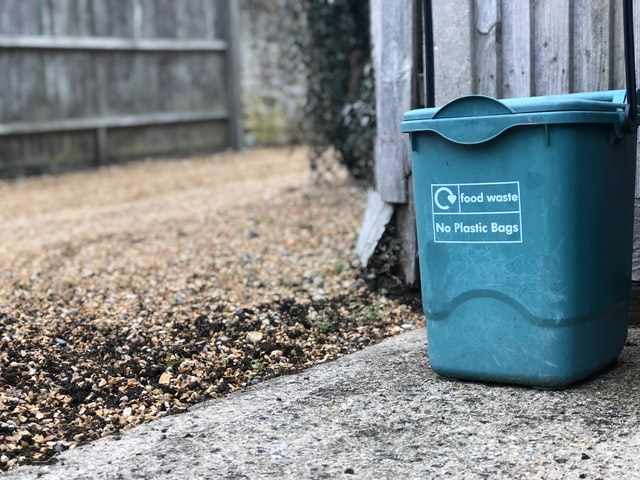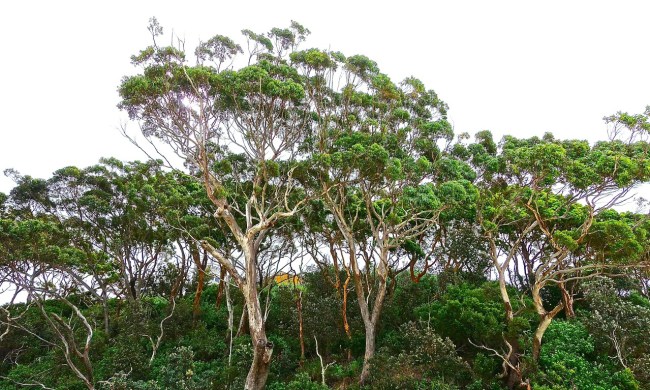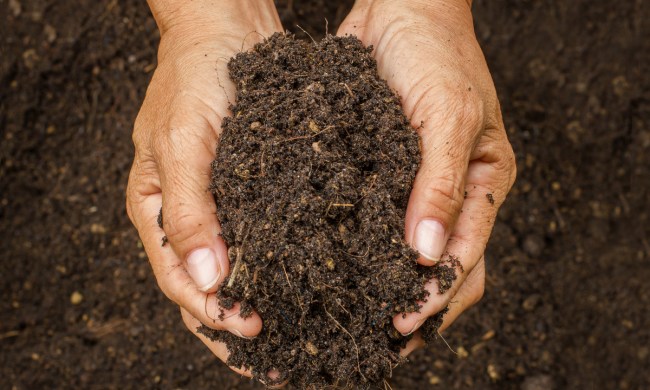Composting is a great way to add extra nutrients to your garden, and it can be as simple or as intensive as you want. One thing that beginners and experts alike have to deal with, though, is winter. If you live somewhere with a cold winter, you may be wondering how that’s going to impact your composting experience. Have no fear! We have some simple tips to answer all your winter composting questions!
Can you start composting in the winter?
The short answer is yes, but it takes a little extra work. Lower temperatures slow down composting, and the colder your winter is the slower it will be. In addition to that, winter typically makes people feel a little less energetic and a little less willing to get out into the garden. Making sure your compost bin or pile is somewhere easily accessible can be a big help in this regard. The closer it is to your house, the easier it’ll be to maintain it. You can even decorate the outside of your bin to make it a little more pleasant to look at! Boost your winter energy levels by adding a pop of color and making your trips to the compost bin just a little bit nicer.
If you’re concerned about starting your composting journey in the winter, you can start saving your food scraps in a trash bag or a box. Then, when spring rolls around, you’ll have a scrap pile to start with. It’s a great way to start a compost pile if you aren’t able to have a proper pile or bin at the moment. Just make sure to store your scraps somewhere sealed or out of the way, to avoid any smells!
How do you take care of a compost bin in the winter?
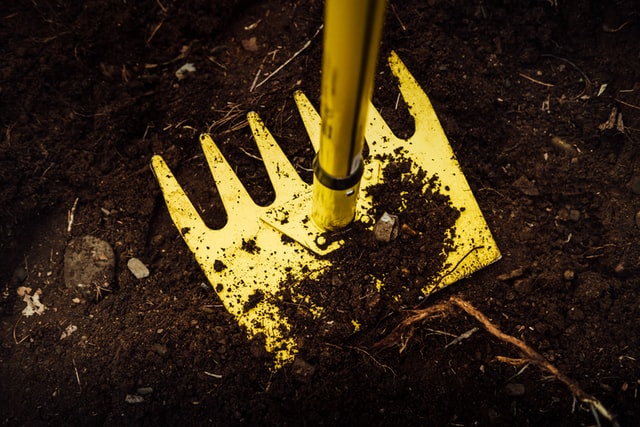
A lot of compost care depends on the climate you live in. If you live in a place with a fairly warm or mild winter, you shouldn’t need to do anything differently. Otherwise, you’ll want to focus on two key factors: Heat and moisture.
To help with heat, make sure your compost bin or pile is getting plenty of sun. If you live somewhere cloudy, your bin is already in a shady place and can’t be moved, or the sun alone isn’t doing quite enough to counteract the cold, make sure your box is insulated properly. Dry leaves, straw or hay, and some topsoil from your garden are all excellent things to add to increase the heat. If you gather dry leaves during the fall, store some in trash bags somewhere dry so you can add more to your pile later. A windbreak to keep the bitter winter winds off of your pile or bin will also help keep the heat up. You can build a permanent one or make a temporary one out of hay bales or sand bags.
It’s also important to watch moisture levels. If you live somewhere cold and dry, you’ll likely have to add a little bit of water to your pile. Make sure you’re adding it during a time when it won’t immediately freeze; the ideal time is sometime in the afternoon, while the sun is overhead. Turn it so that the water is mixed in evenly. If you live in a place that gets a lot of rain or snow, give your pile or bin a little shelter. That can be as simple as placing a tarp over it — just something to keep excess water out of it. Your compost should be moist, but not muddy.
How do you make compost in cold weather?
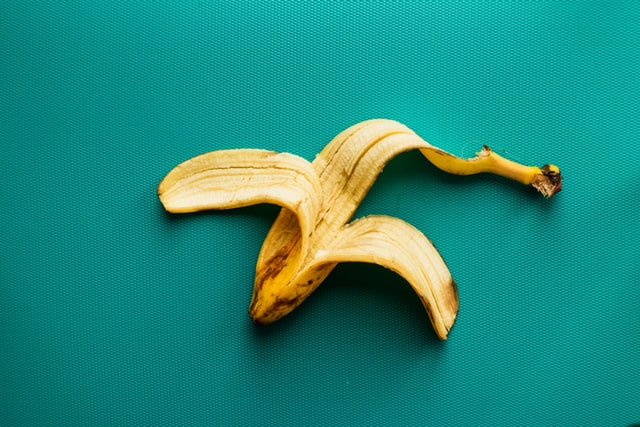
The contents of your compost most likely won’t vary much between cold and warm weather. You’ll still be saving organic matter and leaving out anything that won’t decompose. One difference you might see is that during winter you’ll likely eat more preserved foods than fresh. This is normal, since fresh foods are often less available during winter, depending on where you live. Since preservatives, both natural and chemical, are meant to keep food from decomposing, you’ll have a harder time composting them. This is especially true during winter, when the cold weather slows decomposition down. You’ll also want to steer clear of any plant matter that’s evergreen or woody, since those also break down much slower.
When should you start a compost pile?
This depends a lot on where you live. The ideal time to start is during warm weather with lots of available plant matter. For most parts of the northern hemisphere, summer is your best bet. It’s also important to consider your workload. If you have very busy summers, trying to plan and establish a compost pile may be stressful. Consider establishing your pile in the spring, so when summer starts you only have to do routine things, such as adding new material, to avoid overworking yourself.
Composting can seem complicated, especially during winter. There are a lot of moving parts, and that can lead to confusion and feeling overwhelmed. These simple tips and guidelines can lead you to success instead of stress! Happy composting!
Meanwhile, what are the possibilities of composting year-round? Read on further to learn all about it!
